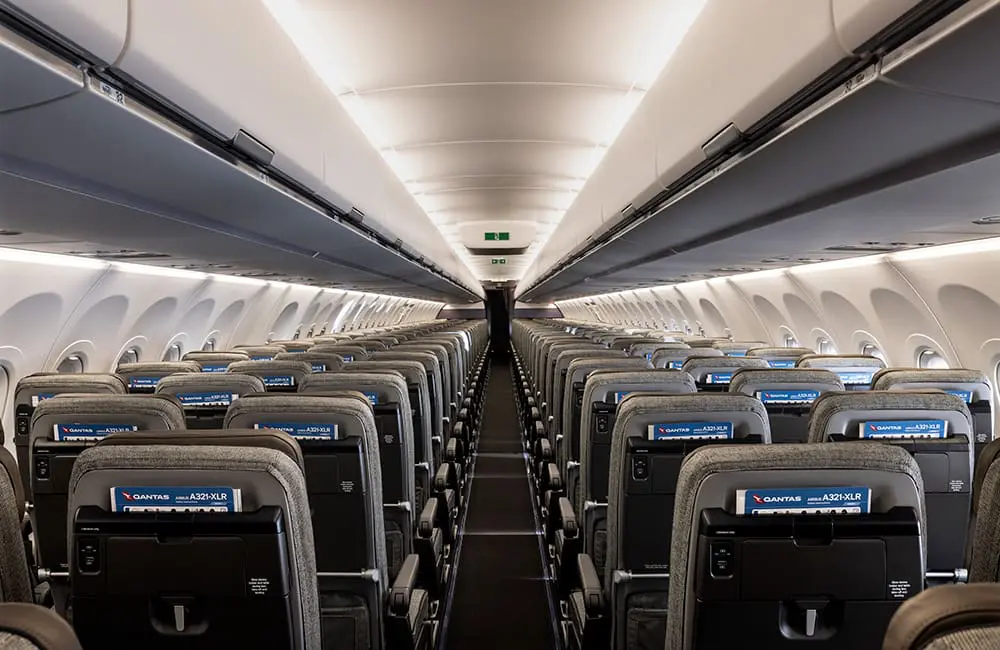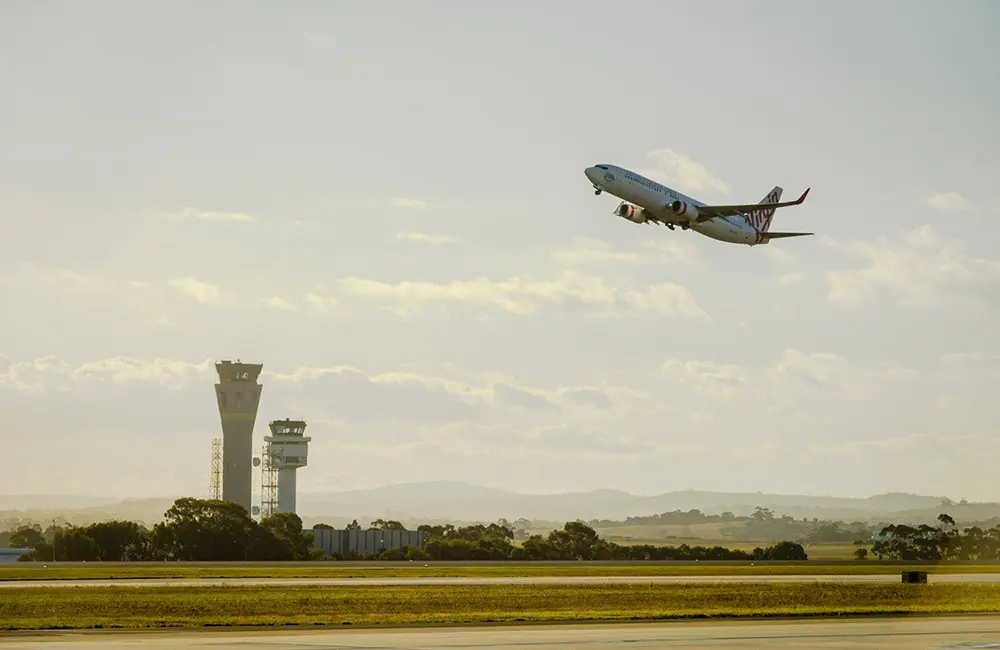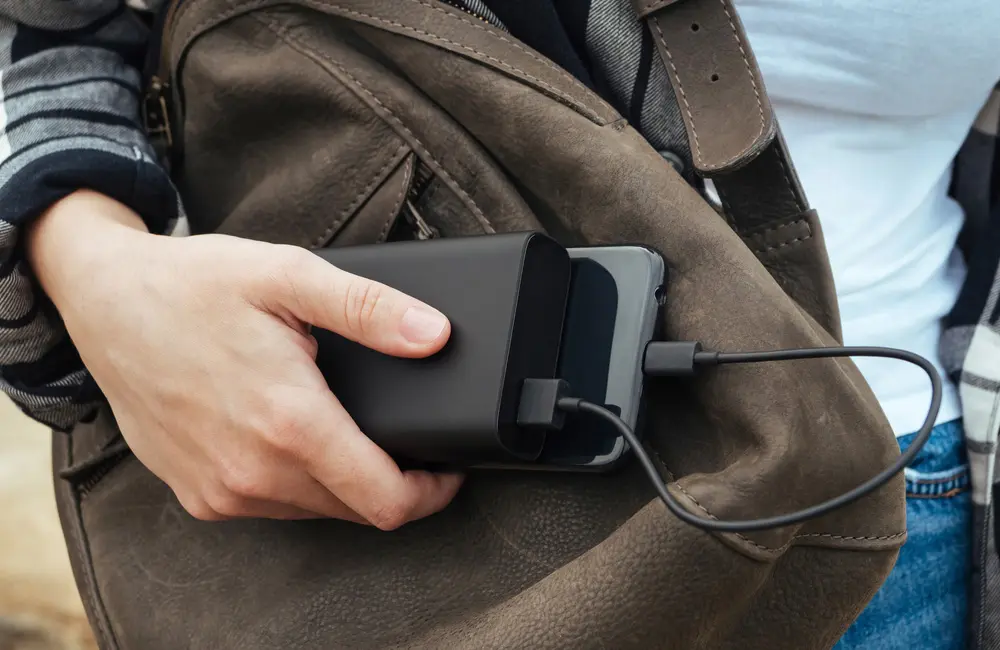Australian travellers will soon face new limits on how they carry and use portable power banks in-flight, with Qantas Group and Virgin Australia introducing new safety rules across their networks.
Virgin Australia will be the first to implement its revised policy, effective 1 December 2025. Qantas, QantasLink and Jetstar will follow on 15 December 2025 after a broader safety review.
The changes are in response to rising concerns around lithium battery incidents and follow global guidance from aviation regulators, including the International Air Transport Association (IATA) and International Civil Aviation Organisation (ICAO).
Under both sets of rules, the biggest shift is that power banks can no longer be used during a flight. Instead, passengers wishing to charge small devices, such as phones and tablets, can only do so using in-seat power, where available.

Qantas Group says it will also ban the charging of power banks themselves via in-seat or USB ports.
Both airline groups will cap the number of power banks allowed on board at two per traveller.
Additionally, the new policies prioritise access to power banks. Qantas, Jetstar and Virgin Australia flyers will all need to keep their battery packs, spare batteries and small portable electronic devices close by – in a seat pocket, under the seat or on their person.
However, where Qantas Group airlines will allow passengers to stow devices “in a nearby overhead locker”, Virgin Australia will not.
As part of the new rules, battery capacity limits also apply, with devices exceeding 160 watt-hours prohibited across all carriers. Virgin travellers carrying power banks between 100 watt-hours and 160 watt-hours will also need approval prior to travel.

“Safety is, and always will be, Virgin Australia’s number one priority,” Virgin Australia Chief Operations Officer Chris Snook said.
“These updates are part of our ongoing commitment to maintaining the highest levels of safety and compliance with international aviation standards.
“Globally, more lithium battery-powered devices are now being carried by travellers, and while these items are generally safe when packed and handled appropriately, this move will minimise any potential risks associated with these devices.”
According to an IATA passenger survey cited by Virgin, 44% of travellers pack a power bank, with phones (83%) and laptops (60%) topping the list of must-carry devices.
Other airlines

The Australian airlines’ move follows similar initiatives by numerous major global carriers including Singapore Airlines, Scoot, China Airlines, Thai Airways, Korean Airlines, Asiana Airlines, EVA Air, Korean Air and Asiana.
Earlier this year, Korean carrier Air Busan banned passengers from having portable power banks and chargers in overhead storage after a suspected battery caused a fire on a passenger plane.
More recently, an Air China service made an emergency landing in Shanghai after a lithium battery burst into flames mid-flight.
Closer to home, a battery that overheated was believed to have sparked a fire in an overhead bin on a passenger flight arriving in Tasmania, the ABC reported.
Expert tip

Renos Rologas, General Manager ANZ of FCM Travel, Flight Centre Travel Group’s flagship large-market business, said travellers must understand the new restrictions and their impact.
“Safety is the priority, but there are workarounds and other strategies to make sure you’re keeping charged and connected, particularly on the longer haul trips,” he remarked.
“My biggest tip is to consider the best device for your journey – laptops are hard to charge on the go, and are a bulky, heavier option. I prefer a tablet in my carry-on that has similar functionality to a laptop, but it’s easier to charge on board and travel with.
“We’ve now seen several airlines introducing restrictions on using and charging portable charging devices on the aircraft, so passengers must be aware of these changes.”
KARRYON UNPACKS: Lithium batteries are part of every traveller’s kit these days, but they’ve also become one of aviation’s biggest safety headaches. These new rules align Australian airlines with global standards – and give crew a chance to manage issues fast. For agents, this will mean a little more pre-flight coaching for clients, especially those travelling with multiple devices.







